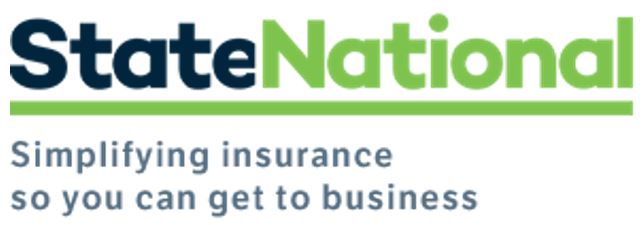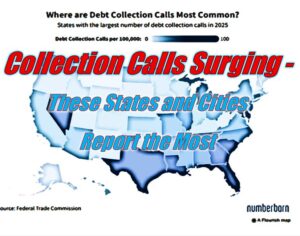
Part 2 of State National’s 3-Part Blog Series on Collateral Protection Insurance
At State National, we have specialized in loan tracking and portfolio protection insurance for nearly 50 years. To us, the ins and outs of collateral protection are second nature — but others may be somewhat unsure of exactly what it is, how it works, and how different portfolio protection methods compare.
So, we’ve created a 3-part blog series to explain some of the nuances. In Part 1, What is Collateral Protection Insurance (CPI) — and Do You Need It? we shared a simple definition of what collateral protection insurance (CPI) is and what it does. Here in Part 2, we compare CPI with two other portfolio protection methods: Self-insurance and blanket coverage.

Every financial institution has unique needs. It is important to take a holistic approach when exploring risk mitigation options. The key questions to ask yourself when deciding on how to manage risk in your loan portfolio are:
- How much risk can you tolerate vs. how much do you want to transfer?
- What are your goals and objectives?
- What do you expect in return?
Self-Insurance
Can a lender skip the trouble of finding a CPI provider and simply self-insure their auto loans? They can, but similar to not wearing a seatbelt while driving, by doing so they are increasing the risk of unfavorable financial outcomes.

Retaining the responsibility of covering financial losses due to uninsured and/or damaged collateral undermines the fundamental purpose of any insurance program, which is risk transference. The risk is even more adverse because you cannot control the status of a borrower’s insurance coverage or economic shifts any more than you can personally control how another driver may drive on the road around you.
A self-insured lender assumes all risks and absorbs any losses that occur. The greatest disadvantage of self-insurance is the volatility of earnings and that the risk is not transferred. To minimize uninsured losses, some self-insured lenders add follow-up procedures such as:
- Requiring evidence of physical damage insurance at the time of loan closing.
- Writing or calling the borrower when evidence of insurance is not received.
- Writing or calling borrowers who receive cancellation notices from insurance carriers.
These procedures are time-consuming, difficult to execute without advanced technology and highly trained staff, and rarely effective without a mechanism for forced placement.
Blanket Insurance
With a blanket insurance policy, lenders pay a premium based on the total number of loans, typically a fixed dollar amount per vehicle or a percentage of the outstanding balance. Through a blanket policy, those who conduct business with your financial institution (either those who are also borrowers, or everyone who transacts with you, depending on how costs are distributed) must bear the cost of an uninsured borrower.












Facebook Comments